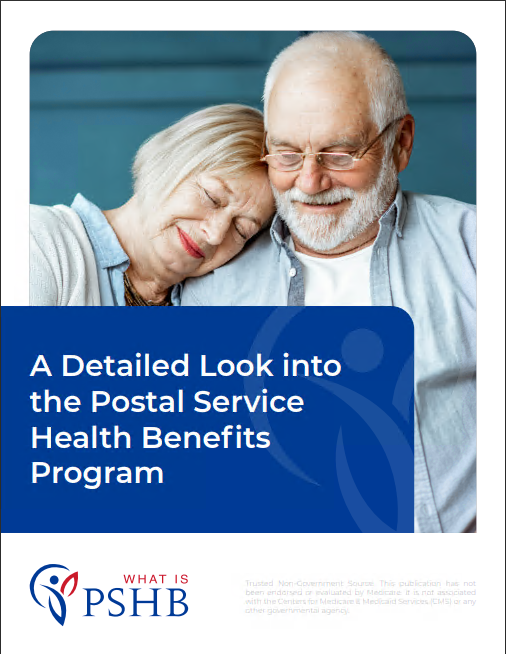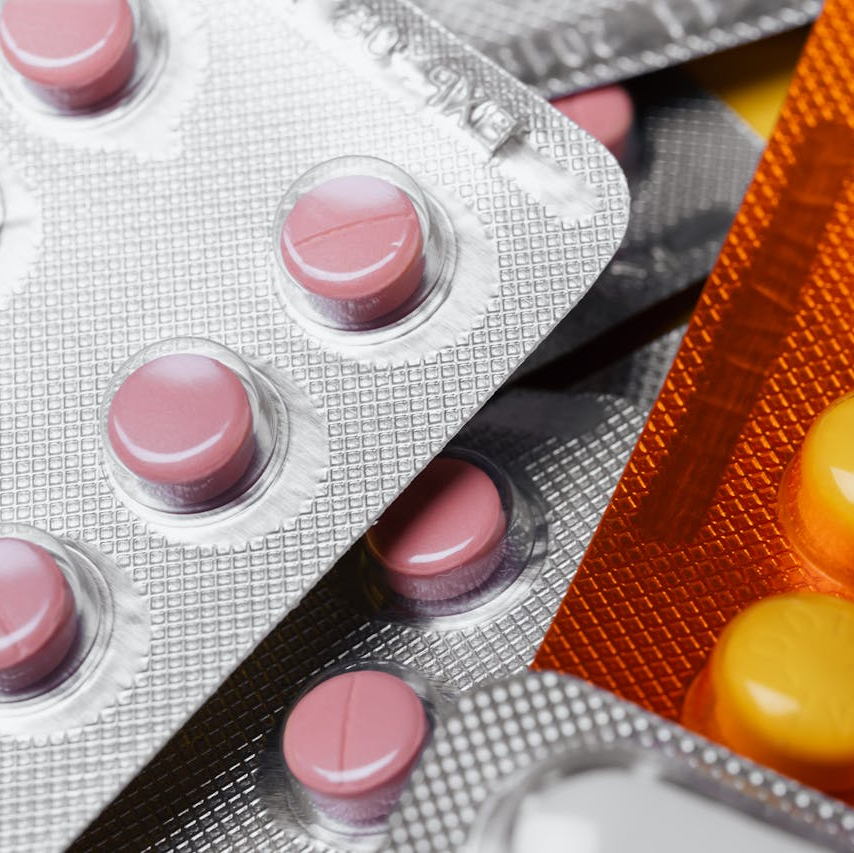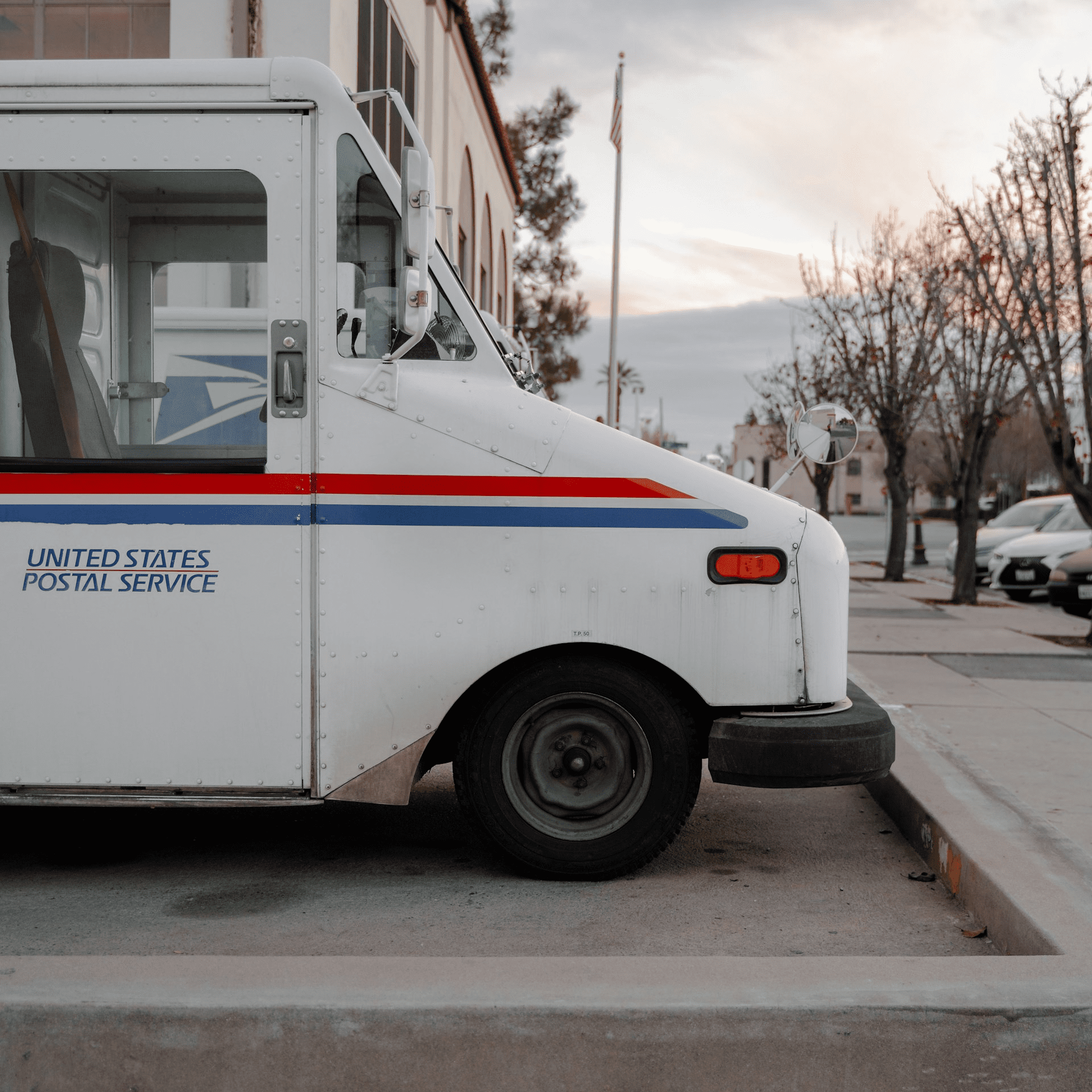Key Takeaways:
- The Postal Service Health Benefits (PSHB) program marks a significant shift in retirement healthcare for postal workers, with enrollment open from November 11, 2024, to December 9, 2024.
- PSHB integration with Medicare from January 1, 2025, offers postal retirees enhanced healthcare coordination and potential cost savings.
As we approach major changes in healthcare benefits for postal workers, it’s essential to understand what the new Postal Service Health Benefits (PSHB) program entails and how it will impact your retirement healthcare. If you’re a current or retired postal employee, the shift from the Federal Employees Health Benefits (FEHB) to the PSHB program requires close attention, particularly with the approaching Open Season and enrollment deadlines.
The PSHB program is set to launch on January 1, 2025, and it marks a transformative change for postal workers, offering new healthcare options in conjunction with Medicare. For postal retirees and employees approaching retirement, understanding how this program fits into the broader Medicare landscape is crucial for making informed decisions about future healthcare coverage.
What is the PSHB Program?
The Postal Service Health Benefits (PSHB) program is a healthcare initiative created specifically for current and retired postal workers. It is designed to provide comprehensive healthcare coverage that integrates with Medicare for eligible individuals. PSHB aims to streamline healthcare offerings by separating postal employees‘ benefits from the broader FEHB program, creating a specialized system tailored to the unique needs of postal workers.
This change means that while FEHB has historically been available to all federal employees, postal workers will now have their own distinct healthcare system. Retirees already enrolled in FEHB will transition to the PSHB program as part of this change, ensuring continued healthcare coverage. The upcoming Open Season, which runs from November 11, 2024, to December 9, 2024, is the designated period for postal workers to enroll in PSHB or make changes to their existing coverage.
How Does PSHB Interact with Medicare?
Starting January 1, 2025, the PSHB program will integrate with Medicare for eligible postal retirees, offering an essential layer of healthcare coordination. If you’re eligible for Medicare, this integration could result in better-managed healthcare, reduced out-of-pocket expenses, and a more seamless experience between your health benefits and Medicare.
Medicare Part A, which covers hospital care, is usually premium-free for most retirees. It’s essential to note that retirees under PSHB will be required to enroll in Medicare Part B (which covers doctor visits and outpatient care). This is an important shift for postal workers, as it ensures that both Medicare and PSHB can work together to cover a broader spectrum of healthcare services, reducing potential gaps in coverage.
For those nearing retirement, understanding the balance between PSHB and Medicare is crucial to managing your healthcare costs effectively. Remember that while Medicare comes with its own premiums, the integration with PSHB could mean less financial burden overall due to the enhanced coverage options available.
What is the PSHB Open Season?
PSHB Open Season will run from November 11, 2024, to December 9, 2024. During this period, postal workers will have the opportunity to select a PSHB plan or make adjustments to their healthcare coverage for 2025. This open season mirrors the FEHB open season but is now exclusively for postal employees and retirees.
The importance of this window cannot be overstated—it’s your annual opportunity to evaluate your healthcare needs, make sure you’re aligned with Medicare requirements, and enroll in the PSHB plan that best fits your current and future needs.
If you fail to enroll in a PSHB plan during this period, you may miss out on certain benefits or have to wait until the next enrollment period, leaving you with limited options in 2025. Planning ahead and consulting with a licensed insurance agent if needed will ensure you don’t miss any important deadlines.
Why is PSHB Important for Postal Retirees?
For postal retirees, healthcare planning is critical, and the PSHB program plays a pivotal role in shaping the new retirement healthcare landscape. Many retirees will find that the coordination between PSHB and Medicare offers more comprehensive healthcare coverage, potentially at lower costs.
PSHB is structured to simplify how healthcare works for retirees by ensuring that your healthcare coverage transitions seamlessly into retirement, especially when Medicare becomes your primary healthcare provider. For retirees over 65, who are eligible for Medicare, PSHB will enhance the coordination of benefits between Medicare and private health plans.
This integration could lead to savings in terms of reduced co-pays, deductibles, and out-of-pocket expenses since both PSHB and Medicare work in tandem to cover a broader range of healthcare services. With PSHB, you no longer have to navigate the complexities of coordinating between multiple healthcare programs, as your benefits are tailored to fit your needs as a postal worker retiree.
What Costs Should You Expect?
When considering the costs associated with the PSHB program, it’s important to distinguish between general costs, such as premiums, and other expenses like co-pays or deductibles. If you’re a retiree eligible for Medicare, the cost of Medicare Part B will still apply, in addition to your PSHB premiums.
Medicare Part A is generally premium-free if you’ve worked for at least 10 years. However, Medicare Part B does come with a monthly premium. The key benefit of PSHB’s integration with Medicare is that this combination is likely to result in fewer unexpected medical expenses. By coordinating care between PSHB and Medicare, you can often reduce the gaps in coverage that could lead to out-of-pocket expenses.
The exact cost you’ll face will depend on your healthcare needs, the plan you select during Open Season, and the services you use throughout the year. It’s essential to balance your healthcare needs with the costs of premiums, co-pays, and deductibles to make the most informed decision.
How to Prepare for PSHB Enrollment?
As the Open Season approaches, preparation is key. Start by reviewing your current healthcare coverage under FEHB and evaluate how the PSHB program’s offerings compare. You should also take into account your Medicare eligibility and enrollment status to understand how these benefits will interact.
If you’re approaching retirement, it’s a good idea to gather all necessary documents related to your healthcare coverage, including your Social Security information and Medicare card if you’re already enrolled. By doing this ahead of time, you’ll be ready to enroll in PSHB once Open Season begins.
During Open Season, you’ll have access to plan comparison tools that can help you identify which PSHB options offer the coverage you need. Additionally, consider scheduling a consultation with a licensed insurance agent if you have questions about the transition or need help understanding how PSHB and Medicare will work together for your unique healthcare needs.
Navigating the New Healthcare Landscape
The introduction of the Postal Service Health Benefits (PSHB) program in 2025 marks a new era for postal workers and retirees. With Medicare integration, postal employees now have a healthcare system tailored specifically to their needs. As Open Season approaches, it’s essential to prepare and understand your options. The collaboration between PSHB and Medicare offers the potential for improved healthcare management and reduced costs, especially as you transition into retirement.
For many, this shift may seem daunting, but careful planning and a clear understanding of how Medicare works with PSHB will ensure that you can continue to receive high-quality care without unnecessary financial strain. Take time now to explore your options, so you can confidently enter the next phase of your retirement with the healthcare coverage you deserve.









